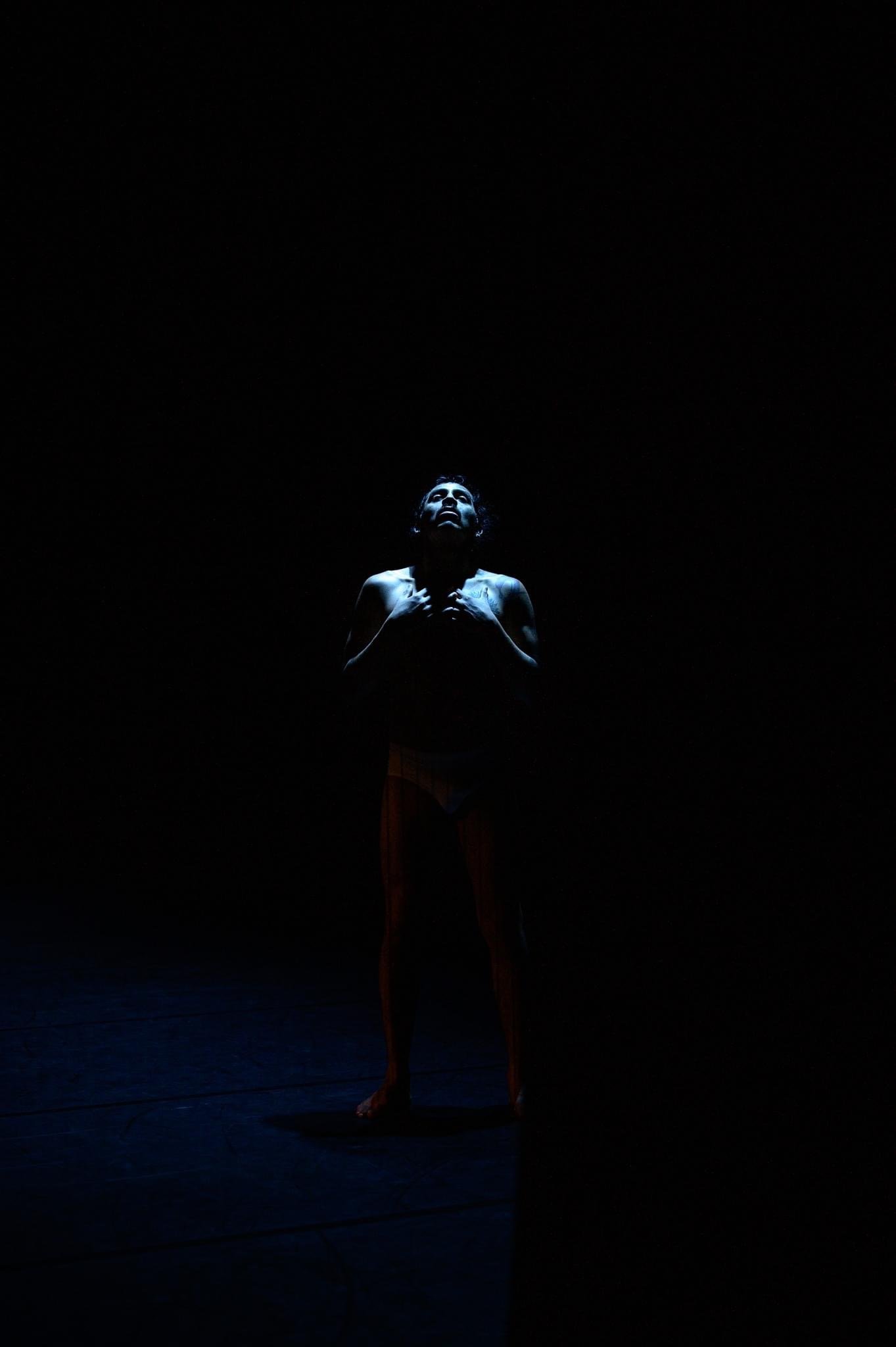Inspiration, when the term isn’t being reduced to describe mere copying or imitation of other artists or art works, certain periods, a specific genre etc, is actually a form of reversed engineering.
If one studies deeply the artistic process, no matter the medium, genre or style, one will eventually come upon certain truths related to art making, which in retrospect, will mark the work with traces of resemblance to other epochs and other works of art.
The resemblance, is a consequence, not a starting point. It’s never intentional.
It has to do with the fact all art making, by all artists, since the dawn of time, is basically a study into the same few elements. If you study well, you can only arrive, in your own way, to the same places others have arrived to. That is also why good art is timeless.
In that sense, Inspiration is more a form of confirmation. A sort of validation in the aftermath of the actual process and findings.
It will be reminiscent of a Caravaggio not because you were ‘inspired’ by it or because the Baroque is your favorite period in art’s history, but because you have studied light, situation, composition, clarity of expression, color, dramaturgy, rendering the physical metaphysical and so on. The resemblance emerging, will be more of an unexpected surprise rather than a premeditated work-plan and therefor, it will retain a sense of originality, rather than that of copying.
It’s more of a “oh, now I get it”, rather than a “Hmm, that’s nice, I’ll try to make something like this”.
On the other hand, Inspiration as a phenomena preceding and detached from a specific process, has more to do with the way certain works, or artists, have a way of opening an endless playfield for others.
A sort of a ‘promise land of potentials’.
Endless gratitude to the ones who opened those fields for me.
